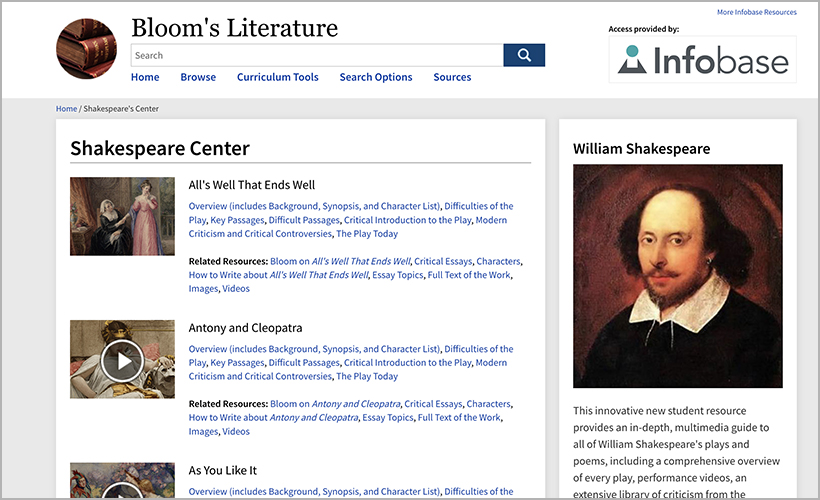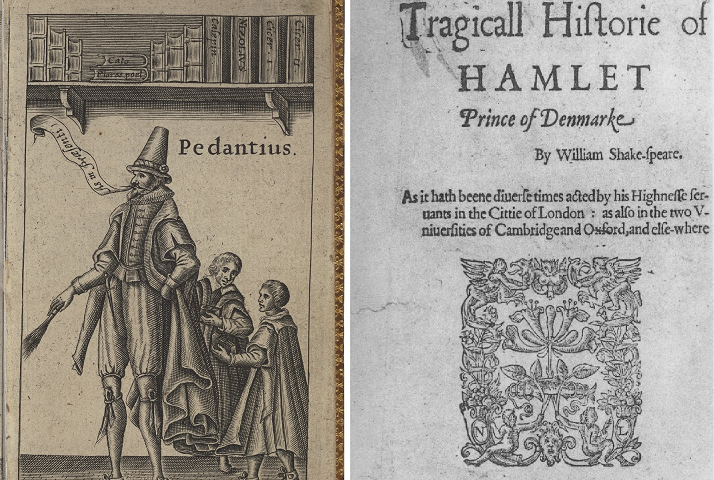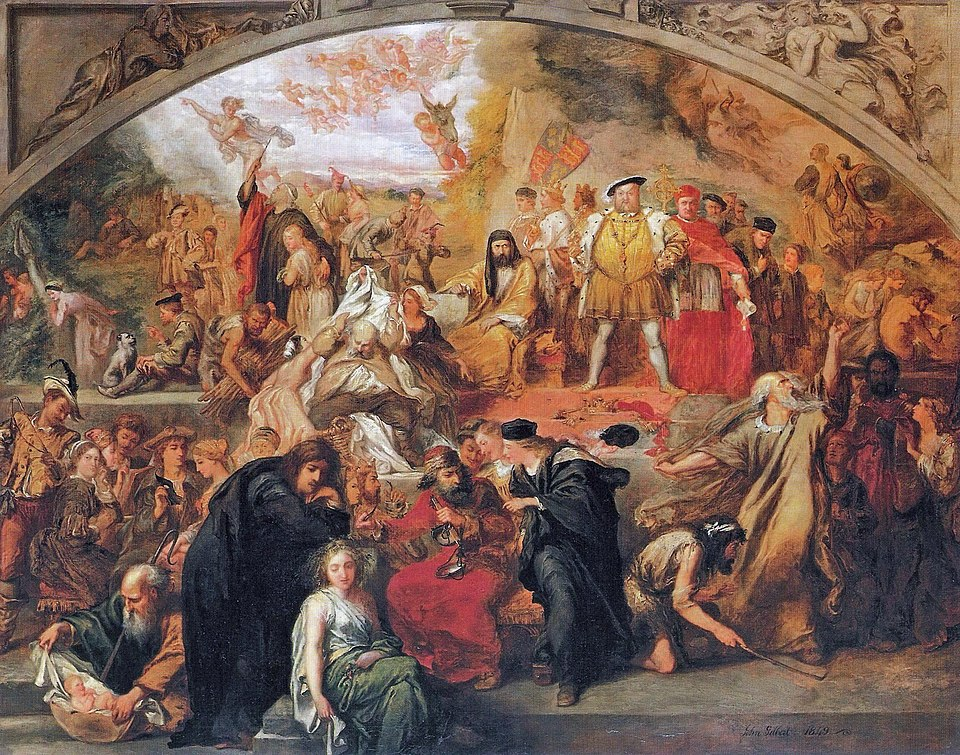William Shakespeare, often hailed as the greatest playwright in the English language, Literary continues to shape the way literature is taught in American classrooms. His timeless works, filled with complex characters like Hamlet, Lady Macbeth, and Othello, are sparking fresh approaches to literary analysis in modern education curricula across the United States. Educators are increasingly focusing on Shakespeare’s mastery of character development to engage students, foster critical thinking, and connect classic texts to contemporary issues. This renewed emphasis is not only revitalizing the study of Shakespeare but also inspiring innovative teaching methods that resonate with today’s diverse student populations.

The Enduring Appeal of Shakespeare’s Characters
Shakespeare’s ability to craft multidimensional characters has long been a cornerstone of his enduring legacy. His characters are not mere archetypes; they are flawed, conflicted, and deeply human, making them relatable across centuries. For instance, Hamlet’s introspective nature and moral dilemmas speak to students grappling with identity and decision-making, while Lady Macbeth’s ambition and guilt offer insights into power dynamics and ethical consequences. These qualities make Shakespeare’s works a perfect vehicle for teaching literary analysis, as they encourage students to explore psychological depth, motivations, and societal influences.
In recent years, American educators have recognized that Shakespeare’s character-driven narratives provide a rich foundation for teaching students how to analyze literature critically. According to a 2023 report from the National Endowment for the Arts, Shakespeare remains a staple in 85% of high school English curricula in the U.S., with a growing focus on character analysis as a key component of literary studies. By dissecting the motivations and transformations of characters like Romeo, Juliet, or King Lear, students learn to identify themes, interpret subtext, and draw connections to their own lives.

Modernizing Shakespeare in the Classroom
The integration of Shakespeare’s character development into modern curricula is not just about reading plays; it’s about making them relevant to today’s students. Teachers are adopting innovative strategies to bring Shakespeare’s characters to life, moving beyond traditional rote memorization of quotes or plot summaries. For example, many schools now use interactive methods like role-playing, modern adaptations, and multimedia projects to help students engage with characters on a deeper level.
At Lincoln High School in Portland, Oregon, English teacher Sarah Mitchell has introduced a project where students rewrite scenes from Macbeth in contemporary settings, focusing on how characters’ motivations might translate to modern contexts. “Students love exploring how ambition or guilt might look in a 21st-century corporate boardroom,” Mitchell says. “It helps them see that Shakespeare’s characters are not stuck in the 1600s—they’re universal.” This approach encourages students to analyze how character traits evolve in response to different cultural and social environments.
Similarly, in New York City’s public schools, educators are incorporating digital tools to enhance character analysis. Platforms like Folger Shakespeare Library’s online resources offer lesson plans that guide students through character mapping exercises, where they chart a character’s emotional journey and decision-making processes. These tools help students visualize how Shakespeare’s characters evolve over the course of a play, making abstract literary concepts more accessible.
Connecting Shakespeare to Contemporary Issues
One of the most exciting developments in modern Shakespeare education is the focus on connecting his characters to contemporary social issues. Teachers are using characters like Othello, who grapples with racial prejudice, or Shylock from The Merchant of Venice, who faces anti-Semitism, to spark discussions about diversity, equity, and inclusion. These discussions allow students to explore how Shakespeare’s characters reflect timeless human struggles while addressing modern societal challenges.
For instance, a 2024 study by the Shakespeare Association of America found that 60% of U.S. high school teachers now incorporate discussions of race, gender, and power dynamics into their Shakespeare units. By analyzing characters like Desdemona or Portia, students explore themes of gender roles and agency, which resonate with ongoing conversations about equality. This approach not only makes Shakespeare more relevant but also empowers students to engage with literature as a lens for understanding the world around them.

Dr. Emily Carter, a professor of English at Stanford University, emphasizes the importance of this shift. “Shakespeare’s characters are a gateway to discussing complex issues like identity, power, and morality,” she says. “When students see how Hamlet’s indecision or Iago’s manipulation reflects real-world behaviors, they start to think critically about their own society.”
Challenges and Opportunities in Teaching Shakespeare
Despite the enthusiasm for Shakespeare’s character-driven approach, integrating his works into modern curricula comes with challenges. Some educators argue that his language, rooted in Early Modern English, can be intimidating for students, particularly those for whom English is a second language or who struggle with reading comprehension. To address this, teachers are using annotated editions, modern translations, and performance-based learning to make the texts more accessible.
The Folger Shakespeare Library, a leading resource for educators, offers tools like simplified synopses and glossaries to help students navigate Shakespeare’s language while focusing on character development. Additionally, performances—whether live productions or film adaptations—allow students to see characters’ emotions and motivations in action, bridging the gap between text and understanding.
Another challenge is ensuring that Shakespeare’s works are taught inclusively. Some critics argue that his plays, written in a specific historical context, can perpetuate outdated stereotypes if not taught thoughtfully. Educators are responding by contextualizing characters’ actions within their historical settings while encouraging students to critique them through a modern lens. For example, analyzing Shylock’s portrayal in The Merchant of Venice alongside discussions of anti-Semitism helps students understand both the play’s historical context and its relevance to contemporary issues.
The Impact on Students and Future Literary Studies
The focus on character development in Shakespeare’s works is having a profound impact on students’ analytical skills and engagement with literature. By studying how characters evolve, students learn to identify narrative arcs, interpret motivations, and evaluate the consequences of actions—skills that extend beyond literature to fields like psychology, sociology, and even business.
Moreover, this approach is inspiring new literary analyses that could shape the future of Shakespeare studies. Scholars and educators are exploring how digital humanities, such as data visualization and text analysis, can uncover new insights into Shakespeare’s character development. For example, researchers at the University of California, Berkeley, have used computational tools to track the emotional trajectories of characters like Hamlet, revealing patterns that deepen our understanding of their complexity.
Students are also contributing to this evolving field. In advanced placement English classes, students are encouraged to write essays that explore character development through interdisciplinary lenses, such as psychology or philosophy. These projects not only enhance critical thinking but also prepare students for college-level literary analysis.
Looking Ahead: Shakespeare’s Lasting Influence
As American schools continue to adapt their curricula to meet the needs of 21st-century learners, Shakespeare’s character development remains a powerful tool for engaging students and fostering intellectual growth. By emphasizing the human elements of his plays, educators are helping students see literature as a dynamic, relevant field that speaks to their lives and experiences.
The renewed focus on Shakespeare’s characters is also a testament to his enduring relevance. Whether through classroom discussions, digital tools, or creative projects, students are discovering that Shakespeare’s characters are not just figures in dusty old plays—they are mirrors of the human experience, offering insights into who we are and who we aspire to be.
For educators, the challenge is to keep innovating while staying true to the richness of Shakespeare’s texts. By blending traditional literary analysis with modern teaching methods, they are ensuring that Shakespeare remains a vital part of American education, inspiring new generations of thinkers, writers, and scholars.
Shakespeare’s Character Development Inspires New Literary Analyses in Modern Education Curricula
Introduction
William Shakespeare’s works remain a cornerstone of American education, with his complex characters driving new approaches to literary analysis. This article explores how Shakespeare’s character development is shaping modern curricula, engaging students, and connecting classic texts to contemporary issues.
The Power of Shakespeare’s Characters
Shakespeare’s characters, such as Hamlet and Lady Macbeth, are celebrated for their psychological depth and relatability. A 2023 National Endowment for the Arts report notes that 85% of U.S. high schools include Shakespeare in their curricula, emphasizing character analysis to teach themes and critical thinking.
Innovative Teaching Methods
Educators are modernizing Shakespeare’s works through interactive projects and digital tools. For example, teachers like Sarah Mitchell in Portland, Oregon, have students rewrite scenes in contemporary contexts, while platforms like Folger Shakespeare Library offer character mapping resources.
Connecting to Contemporary Issues
Shakespeare’s characters provide a lens for discussing modern issues like race, gender, and power. A 2024 Shakespeare Association of America study found that 60% of high school teachers incorporate these themes, using characters like Othello to explore diversity and inclusion.
Challenges in Teaching Shakespeare
Shakespeare’s language and historical context can pose challenges. Educators address this with annotated texts, performances, and inclusive teaching methods that contextualize characters while encouraging critical analysis.
Impact on Students and Scholarship
Focusing on character development enhances students’ analytical skills and inspires new literary analyses. Digital humanities and student projects are uncovering fresh insights, ensuring Shakespeare’s relevance in future studies.
Conclusion
Shakespeare’s character-driven narratives continue to inspire innovative teaching and critical thinking in American classrooms. By blending tradition with modern methods, educators are keeping Shakespeare vital for new generations.
Sources:
Sources for Further Reading:
- National Endowment for the Arts: Shakespeare in American Education
- Folger Shakespeare Library: Teaching Resources
- Shakespeare Association of America: Curriculum Studies
Read More :- Social Media Platforms Test New Ad Formats, Prioritizing Short-Form Video Content in the USA






